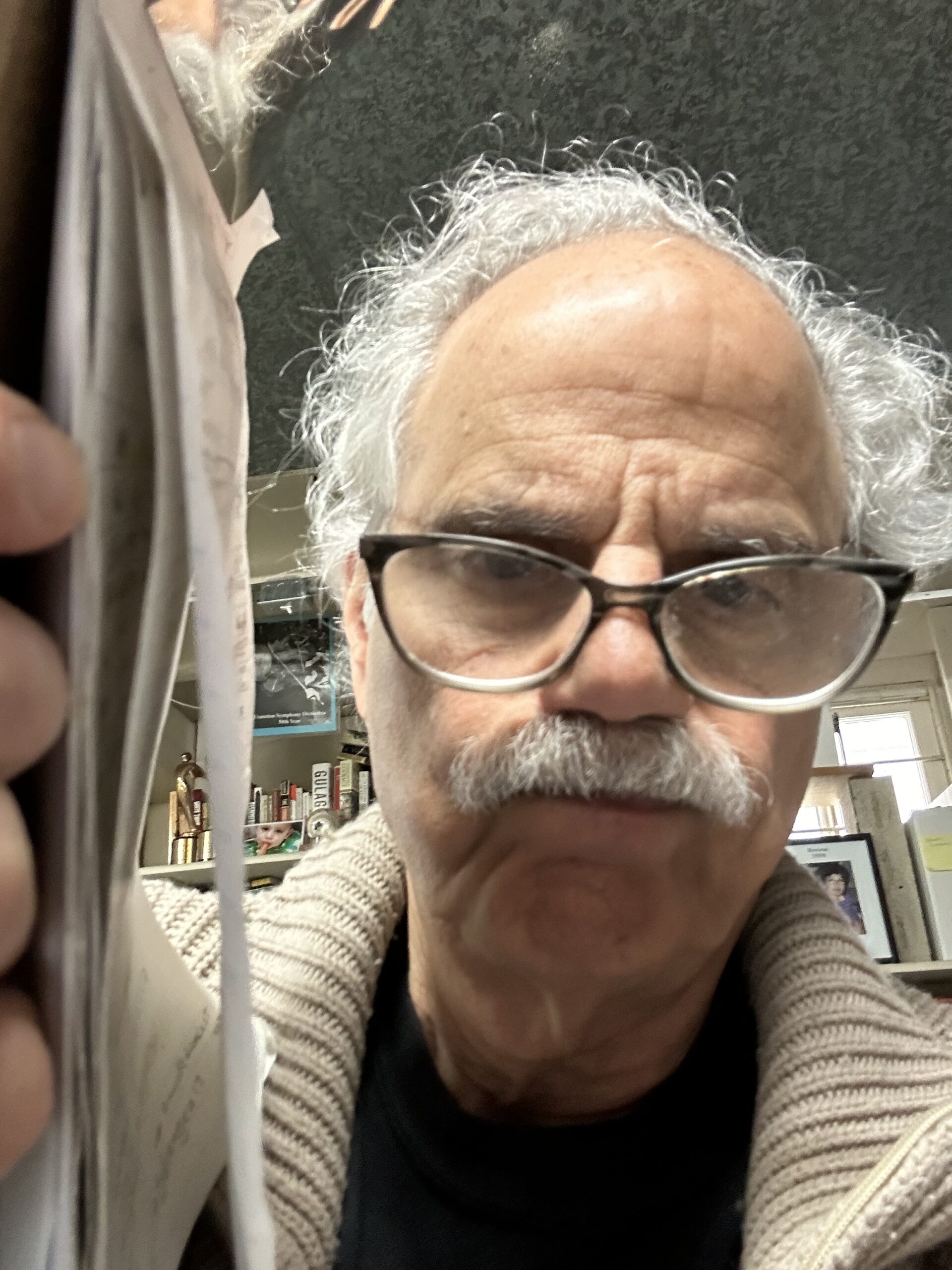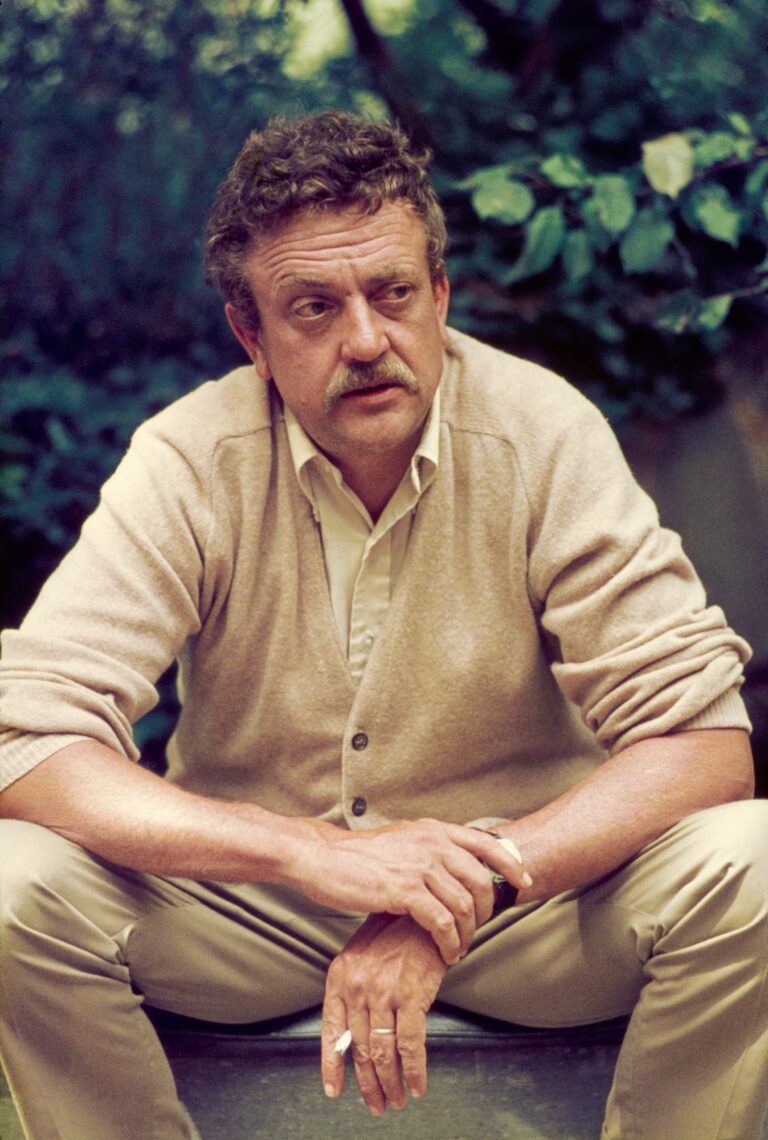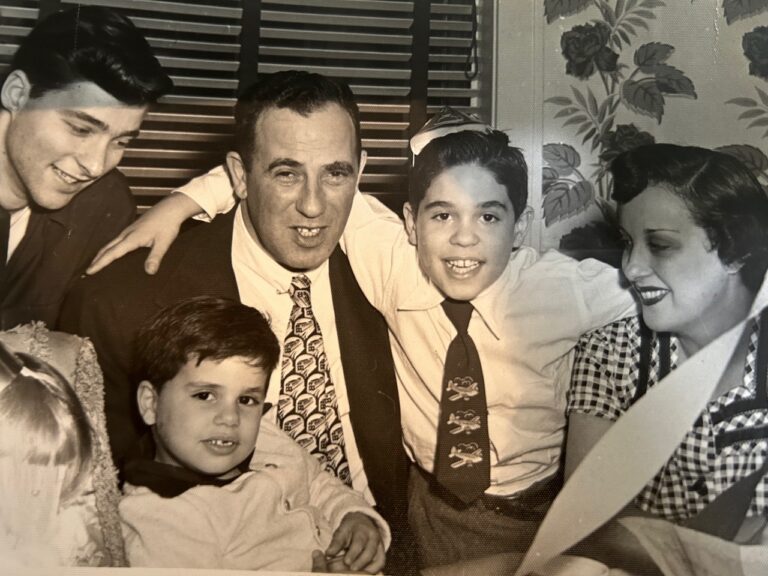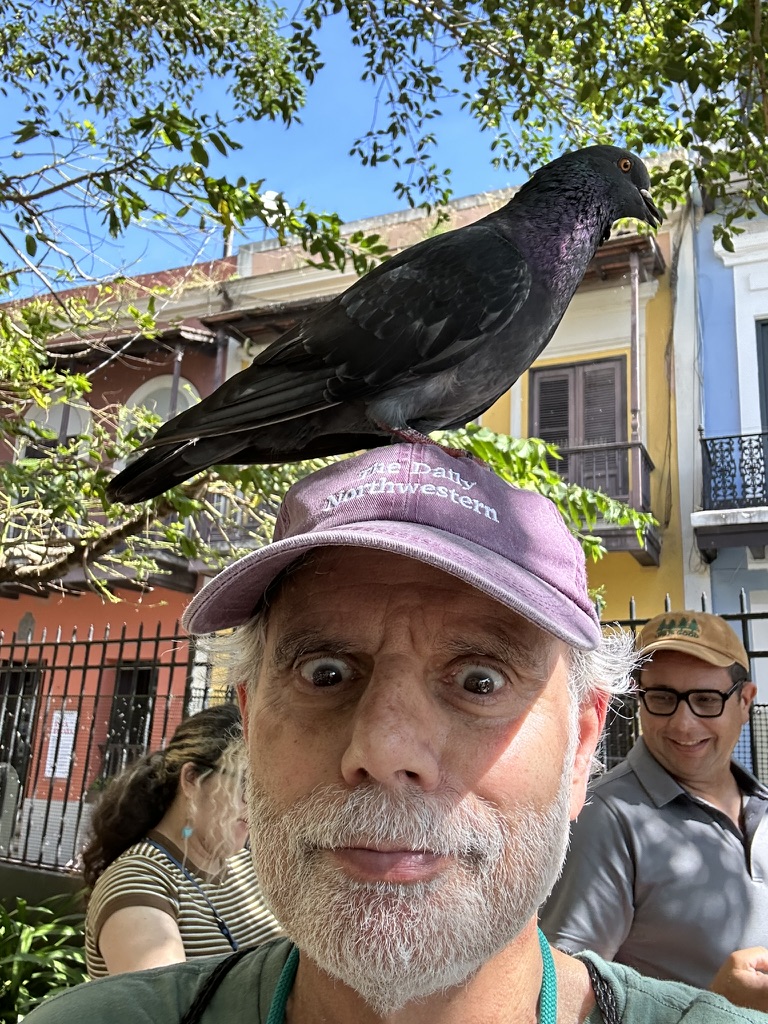I
When people think of trains they think of speed and mass. But trains come alive first with sound. “Alllllllll aboooooooard!” the conductor sings out. In response the cars jerk and clank into motion. Steel wheels click along and then, as the train picks up speed, rivet the tracks. The horn blows its fierce warning blasts, gates clang and peal, the engine roars through a thousand grade crossings, faster and faster, howling like a wild beast.
The monster (in this case) is the Texas Eagle, speeding south from Chicago to Austin, over 30 hours, 1223 miles and 25 scheduled stops. It is late April of 2013, and I am on it.
I have been a rail fan (buff, enthusiast, fanatic, foamer, metrophile; there are many terms) almost my whole life. Anyone who spends much time on trains observes that there are several constants to train travel. There’s the horn’s primal call, two-longs-a short-and-a-long, at every grade crossing, and there will be hundreds on any long trip. There’s the train’s odd motion, both forward and side to side. Walking is impossible when the train picks up speed. The cars rock like bobble heads. Passengers stepping through the corridors lurch like drunks in a storm.
In America we are stuck with Amtrak, which in terms of service, glamor, cost and connections is inferior to the train systems of most of the rest of the industrialized world. Amtrak can be slow, erratic and expensive. Schedules are more miss than hit. Coach is crowded with no privacy and the smaller sleeping cars measure just 42 by 78 inches, hardly bigger than a closet. That is what I opt for, paying a $400 room fee in addition to the $100 senior coach fare. (For the well-limbered traveler, however, coach is a bargain.) That’s about double what I’d pay for a round-trip plane ticket, a flight that would take just 150 minutes.
Why do I love it so?
II
Pulling out of Union Station in downtown Chicago I feel the same giddy excitement I always experience starting out on a long train trip: profound calm, happiness, curiosity and expectation. I am in my little space, a serene and secure inner sanctum, undeterred by boring car drives, unbuffeted by rough air and unfriendly skies.
But rather quickly this bubble of serenity deflates. We roll past the abject poverty and decrepitude of Chicago’s south side and south suburbs. Burnt-out and vacant buildings, pockmarked streets and rusted bridges line the way. These are the skeletal remains of a more prosperous America from a century ago. Even an hour later the small suburban towns look pale and listless, like the life had been sucked out of them, leaving shells and husks.
Once we settle into the countryside however, my sense of gloom lifts. There’s the same beaten-down and weathered look to almost everything – roads, bridges, homes, buildings – but it’s clear these conditions have prevailed a long time. There’s some comfort in their decided endurance.
In Catch 22, I recall, one of the American pilots has a chat with an old Italian in a brothel. You Americans think you will rule the world forever, the old man warns. But you won’t. We thought the same thing two thousand years ago. I forget whether the pilot was impressed with this prophecy, but I take it as glad tidings. Two thousand years later the Italians are still there, and their country exudes a wealth of beauty and riches unmatched anywhere else on Earth.
So too America, I tell myself. And so central Illinois begins to take on a new wonder and appreciation for me, as we slice through town after town and cut across the flat Midwestern plains, revealing the land in all its richness and complexity.
The sky darkens and soon it is raining, giving the streets of the towns we glide through a glistening sheen like marble. Schools let out and clutches of children on their way home laugh and cavort.
In Springfield we pass the state Capitol where Lincoln strode. Also a succession of governors who have recently committed fraud, bribery, racketeering and corruption. Illinois – Land of Felons.
Ninety minutes later, as afternoon gives way to evening, we cross the wide Mississippi and roll into St. Louis. I take a photo of Busch Stadium with the lights on and mist rising from the ballpark like steam from a boiling kettle – are the Cardinals playing in the rain? – and send it to a fellow baseball fanatic who texts back: “St. Louis in 2014!” I heartily concur and head off to the dining car.
Here is the real genius of Amtrak. People are assigned to share tables! Such a simple concept, yet so wonderful in practice. Most train travelers tend to be older, unhurried, outgoing. Many are retired and can pick up and hit the rails when the spirit moves them. Not Chuck, my first tablemate, however. He is tour manager for Rail America, a travel outfit that organizes train trips around the country. We share train stories. He’s been in the business for 40 years, long enough to remember the glory days when train routes zig-zagged across America, meals were lovingly home cooked and train travel was luxurious and urbane.
I tell him about my first extended trip, from New York’s Grand Central Station overnight on my way to summer camp in Maine. That’s when I fell in love with the noise, the motion and the mystery of the journey as we cut through the night and the small New England towns. When we awoke the next morning in Portland, I joined a gaggle of boys in one car who were pointing at something several tracks over, another train, with girls our age, one of whom is naked and unaware of our ogling, until finally a counselor runs in to tell her. She turns around to face us, her face a map of shocked dismay. The curtain abruptly comes down. What an introduction to trains!
I mention later trips from Chicago to Sacramento, California, and taking both my kids by train to New York, passing West Point as the train speeds down the Hudson. I recount a journey in late winter 1967 from London to Moscow (with a stop in East Berlin, where a soldier motioned at me with his rifle to return to the sealed train from the rear platform) to Leningrad to Moscow to Warsaw to London. We chat amiably for an hour before retiring.
A word about sleeping on Amtrak. Coach is cheap but exhausting: try to fall asleep sitting up on a bouncing bench while some young woman across the aisle is on the phone, loudly breaking up with her boyfriend. Riding in a sleeping “roomette” is expensive but cozy. The cost does not faze me. I rationalize that since I only ride Amtrak once every few years it’s worth the indulgence. My wife always grumbles, but she’s not a fan of long train rides and has only joined me once, on a lovely overnight trip from Seattle to San Francisco looking out over Mt. St. Helens and beautiful moonlit mountain lakes. Only she didn’t see them: cad that I am, I stuck her in the windowless upper bunk. She said it was like an MRI, only hours longer and much bumpier.
The roomette gives me a small but perfectly private space to plumb my thoughts and a window onto an ever-changing world when my thoughts grow too boring or maudlin.
And here’s the great thing. From my little sanctum, I can look out on an America that hardly anyone else ever sees: a countryside blessedly unbisected by concrete highways.
What you see traveling by train is the land incomparable, vast and varied – factories, parking lots, alleys, junkyards, storage silos, and homes, thousands of homes. This is how people really live: not the neat, tidy appearance on view from their front yard but the sloppy, lived-in and laid-back view from the rear. These are America’s backyards, back alleys and back streets, and they hint at the back stories of real lives.
III
The logic of the schedule mean that I will pass through Arkansas in the dead of night, a great disappointment because the Ozarks are quite beautiful. But in the morning I wake up just north of Texarkana, at the Texas border, where hawks cut through the ocean blue skies, dotted with puffy stitched-together clouds and rich farmland. Mesquite scrubland lines the fields and bluebonnets, Indian paintbrush, black-eyed susans, basketflowers and Magnolia trees in bloom set the meadows ablaze.
At breakfast Denise informs me that Lady Bird Johnson is responsible for the state’s largesse of wild flowers. She set up a fund that still dispenses money for seeds and the labor to plant them. We clink a toast to Lady Bird with our coffee cups.
Somewhere south of Texarkana we stop behind a broken freight train. The conductor announces an “experiment.” We’re going to try to tie up to the freight train and pull it to a siding. We wait a while. Finally we move backward, then forward. We lurch to a stop. We wait some more. The conductor announces the experiment didn’t work. We sit. Finally, after a delay of fifty minutes, our train heads off, no freight train or siding in sight.
As we roll through Texas I notice the homes start to look alike, numberless one-story frame shotgun shacks painted caboose red, and become interested in the wildly varied items scattered across the backyards. Has anyone inventoried them before? There are plastic chairs, picnic tables, potted plants, pipes, assorted furniture, jalopies, aluminum sheds, boats of all kinds and sizes and the requisite pickup trucks. Also toilets, tanks, above-ground pools, planks of lumber, chicken coops, tree stumps, trampolines, dog houses and a full-size cut-out wooden Santa, merrily waving at us.
Also sights of unsurpassed beauty and amazing weirdness, such as a riderless horse galloping down a small-town street, a car in hot pursuit; and laughing boys heaving rocks the size of baseballs at the engine car. Several times I see evidence of someone living in the wild: a pup tent surrounded by squalor. Outside Meridian, Texas, I see my first cactus.
There are the towns with the great names, like Walnut Ridge (AR) and Big Sandy (TX). Denise says if you are ever in Wills Point, make sure to order the burgers and sundaes at Charley’s. There are ghost towns, like Clifton, and in Mineski, a brightly painted red caboose, proudly marked “T & P” for Texas and Pacific, sits across from the train station on specially built display tracks.
The train pulls into Dallas and more weirdness. Looking up I am for some reason shocked to see the unmistakable outline of the Texas School Book Depository building a mere two blocks away, and below it Dealey Plaza and the underpass through which JFK rode before being struck down. That the building still stands and in fact houses a museum to the nighrmarish event seems to defy logic and decorum. Still, had I known there was a long layover there I might have skipped off the train to have a first-hand look, as I notice other passengers doing.
The train resumes and a few minutes later we’re in Fort Worth, where we actually have to back into the station. Amtrak has built considerable slack into its schedule here, pretending that it takes 90 minutes to get from one sister city to the next, when the sisters are more like twins and 20 minutes would do.
As a result we roll out of Fort Worth magically on time and speed south at a good clip, always faster than the fastest cars on adjacent highways, which I assume means we are going 75 or 80 flat out.
In Austin I meet my son coming from Los Angeles, where he lives. It is thrilling to see him and begin a week’s adventure together, even if his starts out the unpleasant way – by plane. We visit with old friends, who take us to see the bats depart at sunset from the Congress Avenue bridge and to dip our toes in the bracing Barton Springs Pool. We toss Frisbees in a local dog park and do our best to keep Austin weird. From Austin we spend a day driving the accursed interstate to New Orleans, a city he favors from visiting at Mardis Gras and I love from my first trip there in the summer of 1966, when, broke and desperate, I played my violin on the streets of the French Quarter and made enough money to take the plane home.
It is all wonderful and memorable – a trip for the ages – all the more so for starting off in the best manner known to man, by train.





+ There are no comments
Add yours